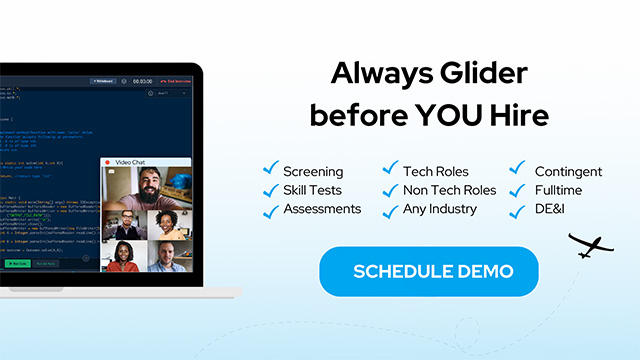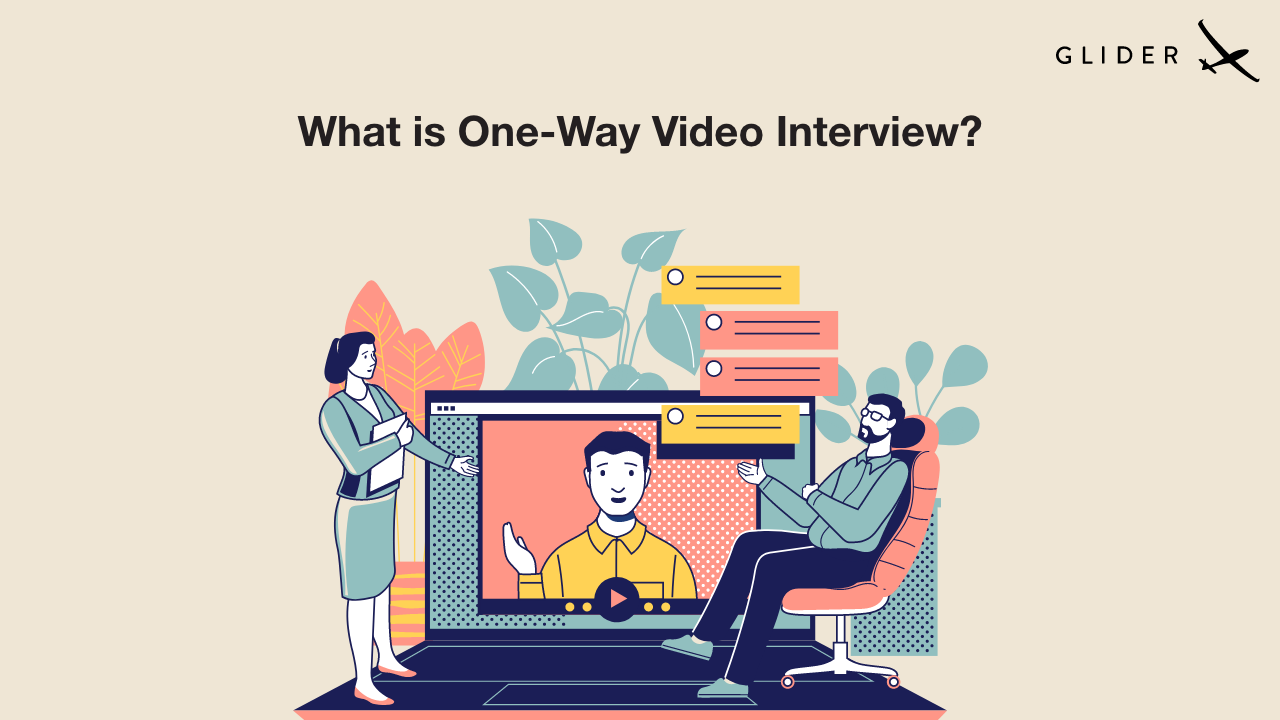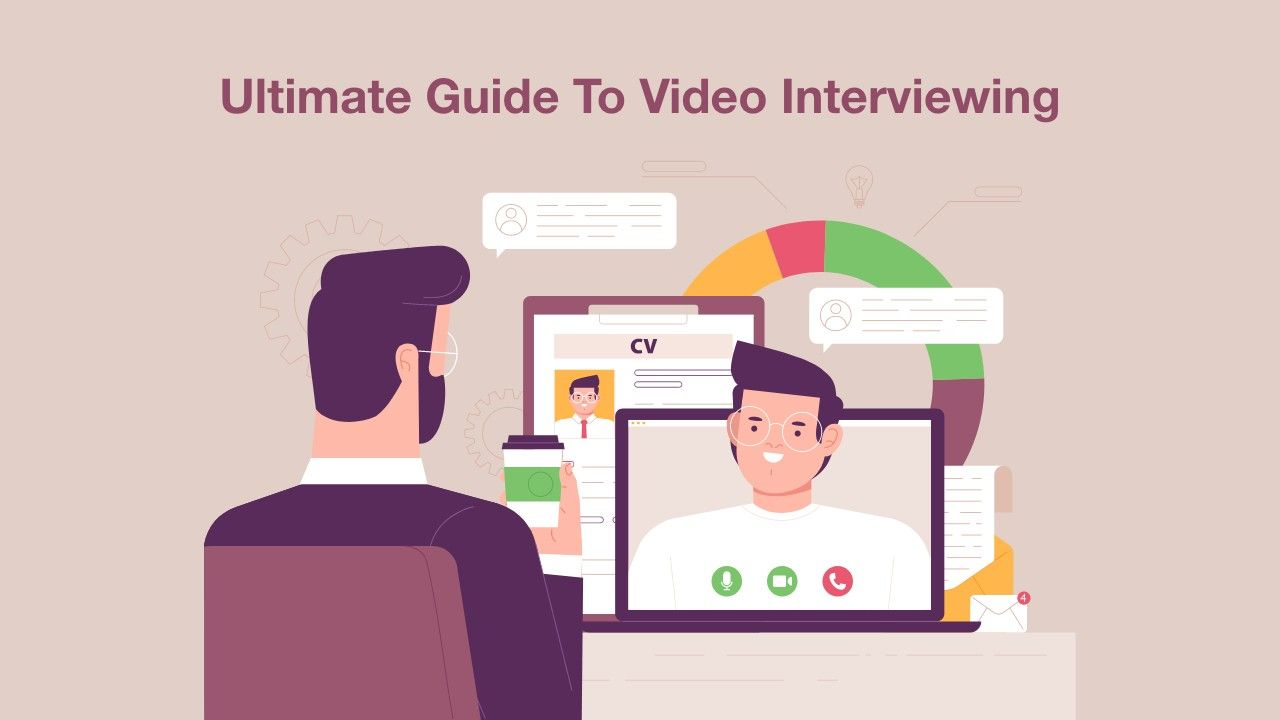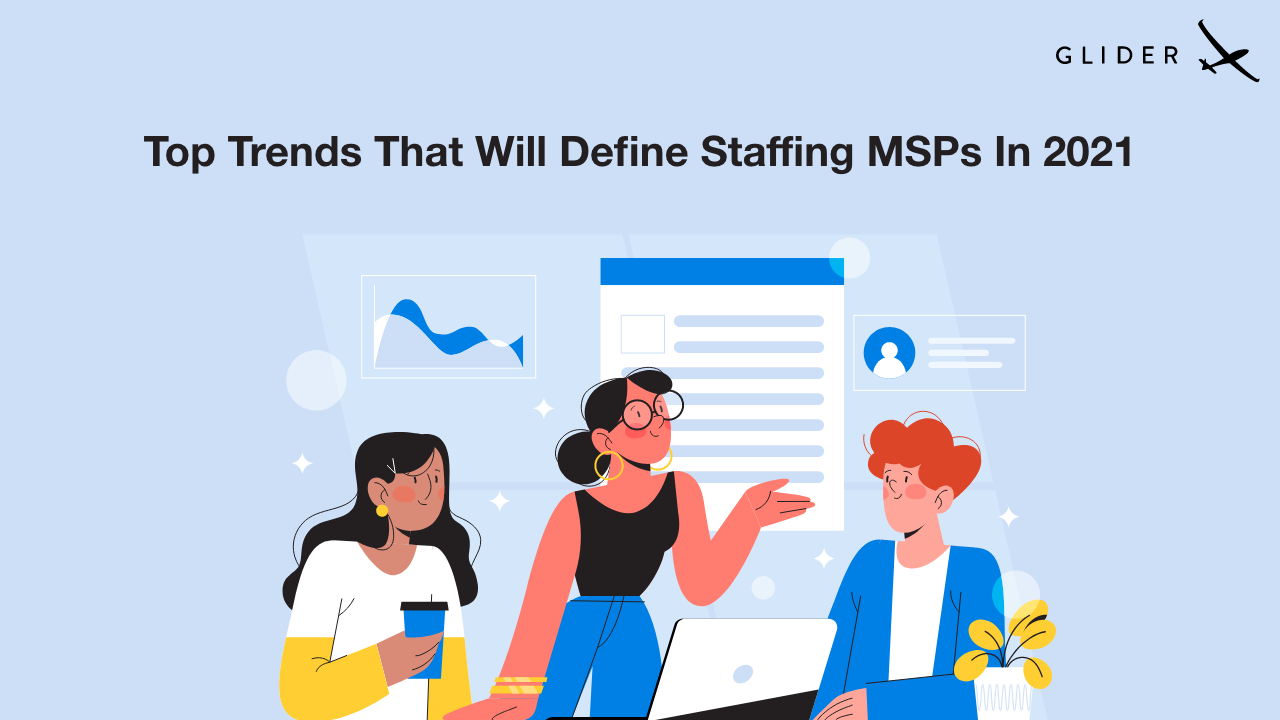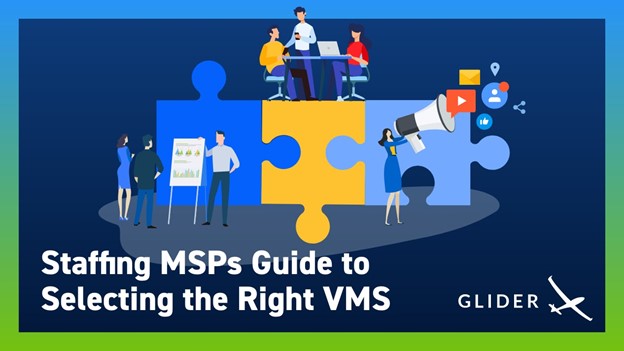
Sherlock Holmes may be one of the greatest detectives of all time. But he couldn’t have chiseled his mystery-solving abilities without his confidant, Dr Watson. Most of the stories are narrated by Dr Watson who in the words of Sherlock Holmes was not only his best friend but the world’s best ‘consulting detective.’
Fast forward to digital workplaces, many companies are embracing Dr Watson aka VMS who handles their cyclical operations(like manual and tedious processes). Vendor Management Services ensure efficiency in a simplified yet cost-effective manner (reports suggest that VMS can do so at 20-30% in internal costs). Therefore, VMS functionalities will significantly improve an organization’s revenue-boosting performances with the right tools and services in place.
VMS in recruitment is a third-party web-based or cloud-based software application that allows you to manage your company’s entire contingent workforce hiring process in one easy-to-use solution. A VMS automates and streamlines every process associated with vendors, thereby improving internal competencies, and saving time. Apart from data centralization, VMS also tracks and measures vendor performances.
Put simply, a vendor management system is an extended family of an organization that acts as a single node to manage and coordinate entire vendor networks – from their procurement to payroll and everything in between.
The foundation of solid vendor management lies in how client enterprises include vendors in strategic decisions (partnership goals) and not merely share KPIs. Levvel Research suggests 81% of organizations reported improvements in vendor relations through the implementation of supporting technology. All in all, it depends on how the former glides from a transactional partnership to a strategic supplier-buyer relationship. A game theory indeed!
One of the common VMS models for the contingent workforce is MSP or Managed Service Provider, an outsourced solution for hiring contingent or on-demand workforce. An MSP provides an end-to-end solution for contingent talent that comprises design, implementation, and implementation. The market for MSPs has been increasing rapidly as it is easy to centralize and consolidate everything about contingent staffing under one unified interface.
When it comes to remote hiring, it seems MSPs and VMS make a perfect match. A report by Brandon Gaille that 46% of the companies outsource their hiring itineraries to reduce operating costs. In other words, addressing skill shortages and managing temporary workers is strategically better through VMS. Through leveraging to VMS, MSPs can reap:
This is an era of the gig economy or task-based employment. First, let’s glide through some statistics. There has been a 25% growth in freelancing since the last decade. 34% of the workforce is now freelancing. It rises to 38% for millennials and Gen Z. Over 32% of workers under 35 believe in flexible work hours in the future. The figures indicate the growing pool of contingent talent and workforce.
As pointed out earlier, the success of contingent workforce management lies in the hands of the right VMS. Apart from automation and streamlining of the processes, a spirited collaboration between the two leads to:
Having the right VMS is crucial for ROI. Also, the unwritten rule is a VMS should be simplified, straightforward, and user-friendly. But, like everything else, every VMS differs from like counterparts.
For example, a VMS that is technology-oriented owns or operates a specific system or technology. On the other hand, a technology-neutral VMS will apply rationality in choosing platforms for the client enterprises. Therefore, companies need to have better insights while choosing a VMS for contingent staffing purposes.
For instance, some vendors can consolidate full-time and temporary staffing dashboards and yet maneuver like stand-alone ones. This capability provides the companies with a holistic view of labour intelligence and accesses multiple systems at once.
Some VMS also take charge of onboarding the contingent workers for creating an atmosphere of familiarity with the corporate culture. Instances like issuing badges and laptops, conducting background checks or credentials not only save time for hiring managers but also makes the gig employees feel connected with the team.
Also, on the lines of human resource technology, VMS can improve the efficiencies of contingent talent through SOW or Statement of Work practices. From mid-sized enterprises to Fortune 500 corporations, powerful collaborations with VMS can usher standardized hiring practices for temporary workforce along with complete visibility and reduced costs.
Considering the huge amount of data, contingent staffing churns in, VMS can take advantage of data analytics and automation tools to make a better decision on sourcing, hiring, and evaluating talent.
A study by Deloitte Consulting reports that 87% of the vendor systems are capable enough to extend performance management processes to contingent staff too, but only 17% of the organizations take benefit of it.
From the client perspective, collaboration is a VMS should be capable of seamless integration into their talent ecosystem no matter what sophistication VMS inherits. The excitement of hiring quality talent and filling the ad hoc needs should be reciprocated with the same energy in a timely fashion and compliant to requirements without cost overrun.
Healthcare systems are one of those industries that rely heavily on temporary staff or contingent labour force for various clinical and non-clinical positions. Hence, a VMS for the healthcare sector should take an extra step or two for meeting the compliance standards, KPIs and source qualified candidates.
A curated checklist of modules/dashboard for choose healthcare VMS is here:
No other industry in the world operates on heavy partnerships and clusters like aerospace and defence in the world. From concept to delivery of a commercial aircraft, it takes a minimum of two years. Hence, the requirement for contingent talent at different phases of the project is evident.
To posit, a VMS that manages talent solutions for an aerospace company must pay heed to:
Many experts are of the opine that the era of advanced analytics has begun in the procurement process. From recognizing a complex pattern in data sets to testing thousands of permutations, advanced analytics has flattened many biased decisions.
Though VMS has been around for more than 20 years, recent technologies like cloud infrastructure and computing, big data, machine learning, and neural networks have turned around the field. With the steep rise in complex network infrastructure and new markets, it is speculated that global vendor management software will post a CAGR of 13% between 2017-2021.
A cross-section of next-generation innovations in VMS include:
According to PWC, improved efficiency is the biggest benefit of VMS. It is a hassle-free method of procuring qualified contingent labour. Combined with automation and other advanced technologies, vendor management systems or solutions let both enterprises and applicants apply online among a myriad of features and benefits for both parties.
It is worth taking a journey through some of the finest VMS in this context
A cloud-hosted platform that runs on the web-based client OS. Developed by SAP, it can find, engage, and manage how external forces (contractual or contingent labour) run. It can compare candidates directly and schedule interviews. Some of its striking features are built-in mobility, workforce visibility, security increase, advanced reporting among others.
It is a powerful SaaS that automates current processes, saves time and money from sharing insights with stakeholders, and makes better decisions through integration with enterprise systems. Beeline VMS is also deployed on the cloud and is a web-based OS.
A vendor management tool specifically designed for hospitals and healthcare facilities. It can perform a host of HR functions like timesheet management, invoicing tasks, spend reports and metrics, etc. Ringo runs on a web-based OS and is hosted on the cloud.
Developed by Oracle corporation, it is not a vendor management tool but is a multi-echelon HR tool on HCM (Human Capital Management), HR (Human Resource), and TM (Talent Management). Oracle HCM Cloud comes with LinkedIn integrations and allows access to mobiles.
A next-generation, AI-machine learning solution for contract and vendor management. Since it is designed for procurement and operations, contract renewals and vendor renewals, Gatekeeper Platform is essentially based on SRM (Supplier Relationship Management), CM (Contract Management), and VMS (Vendor Management Systems).
It is a flexible procure-to-pay platform that enables enterprises of all sizes to streamline entire procurement processes. is a mobile-friendly application. Some of its striking features are dynamic approvals, real-time budget tracking, spend management, analytics, and reporting, etc.
Vendor Management System is not only fundamental for business organizations but a source of competitive advantage too. In the words of W.Chan Kim, author of Blue Ocean Strategy, partnering provides a way for companies to secure needed capabilities fast and effectively while dropping their cost structure. It allows a company to leverage other companies’ expertise and economies of scale.
In nutshell, partnership(s) with VMS brings a plethora of benefits for client enterprises. They are much more than a pile of spreadsheets. From simplifying the hiring process to automating non-core itinerary tasks, VMS can manage it all. With the application of advanced technologies, VMS has just become fastidious and pragmatic.
